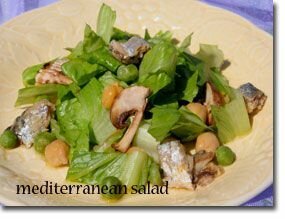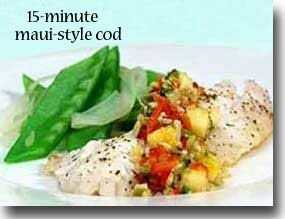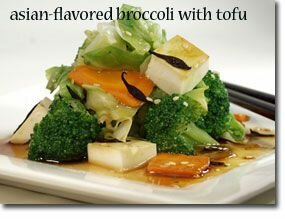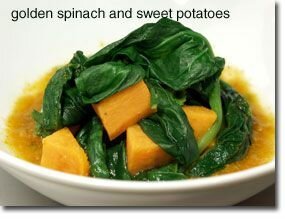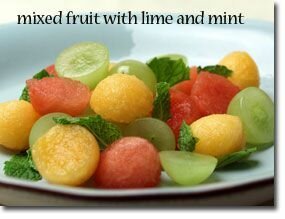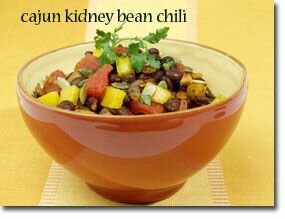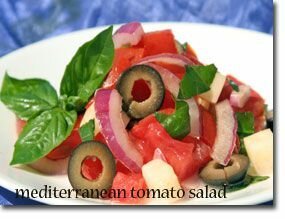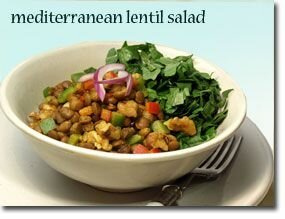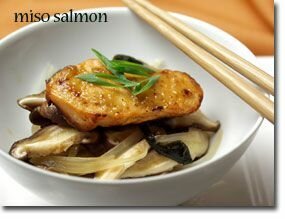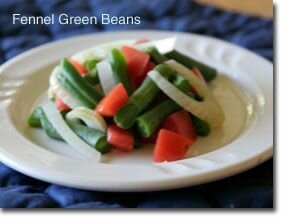If you don't know what to serve for dinner tonight ...
Scientific research continues to discover the importance of vitamin D and omega-3 fatty acids for optimal health. Salmon is one of the best food sources for both of these hard-to-find health-promoting essential nutrients. One serving of this recipe provides over 100% for both vitamin D and omega-3 fatty acids. Enjoy this recipe as part of your Healthiest Way of Eating this week.
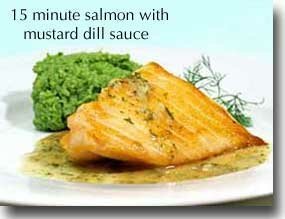
Ingredients:
- 1-1/2 lbs salmon filet cut into 4 pieces, skin and bones removed
- 1 TBS fresh lemon juice
- Dill Sauce
- 2 medium garlic cloves, pressed
- 1 TBS Dijon mustard
- 2 TBS fresh lemon juice
- 1/4 cup chicken broth
- 1 tsp honey
- 1 tsp chopped fresh dill
- salt and white pepper to taste
- Preheat broiler on high and place an all stainless steel skillet (be sure the handle is also stainless steel) or cast iron pan under the heat for about 10 minutes to get it very hot. The pan should be 5 to 7 inches from the heat source.
- Press garlic and let it sit for at least 5 minutes to bring out its health-promoting properties.
- Rub salmon with 1 TBS fresh lemon juice, salt and pepper. (You can Quick Broil with the skin on; it just takes a minute or two longer. The skin will peel right off after cooking.)
- Using a hot pad, pull pan away from heat and place salmon on hot pan. Return to broiler. Keep in mind that it is cooking rapidly on both sides so it will be done very quickly (7 minutes per inch of thickness). Test with a fork for doneness. It will flake easily when it is cooked. Salmon is best when it is still pink inside.
- To make the sauce, add garlic to a stainless steel skillet and stir for half a minute. Add mustard, lemon juice, broth, honey, salt and pepper. Cook on high heat for a minute to reduce slightly and then add dill. Pour over salmon and serve.
- Pureed Sweet Peas
In-Depth Nutritional Profile for 15-Minute Salmon with Mustard, Dill Sauce
Healthy Food Tip
Do darker colored fruits and vegetables have more nutrients than lighter colored ones?
No, the darkness of a fruit or vegetable's color (called hue) is not necessarily related to its nutrient diversity or nutrient density. The reason is very simple.
A relatively small number of nutrients provide fruits and vegetables with their color. (The majority of these nutrients are pigments-flavonoids, carotenoids, melanins, porphyrins, and a few other categories of nutrients). But, more of a specific nutrient that provides color will make the food darker in that color.
However, most of the nutrients needed by the human body are not pigments and do not produce unique shades of color in fruits and vegetables. A food could be very light in color and contain large amounts of these non-pigment nutrients. A good example would be white onion-one of the lightest colored vegetables we can imagine! White onion is a significant source of vitamin C, vitamin B6, and folate, as well as chromium, manganese, molybdenum, phorphorus, and copper. It also contains a variety of highly unique and health-supportive sulfur molecules. Even with all of these important nutrients, however, it remains white.
Even when comparing different varieties of the same food-for example, green grapes versus red grapes, or a green Granny Smith apple compared to a Red Delicious apple-the differences in color do not usually represent "better" and "worse" in terms of nourishment. The skin of a green Granny Smith apple is going to have more chlorophyll than the skin of a Red Delicious apple, but the Red Delicious is going to have more anthocyanins. This difference is not a case of better versus worse-it's a case of being nutritionally unique, with each offering its own nutritional benefits. On our website we emphasize the principle of the unique nutritional value of each individual food. The diversities of color and intensities of color are important exactly because of this diversity.
We would like to mention one exception to the principles described above: processed food. Processed food typically loses its natural color because the natural food pigments that contain color are processed out. To compensate, the food manufacturers usually add artificial colors. When it comes to processed food, you might be in more trouble with a richly colored food than a pale, uncolored version due to this nutrient-depleting and artificial coloring process.
For more information on this topic see:

